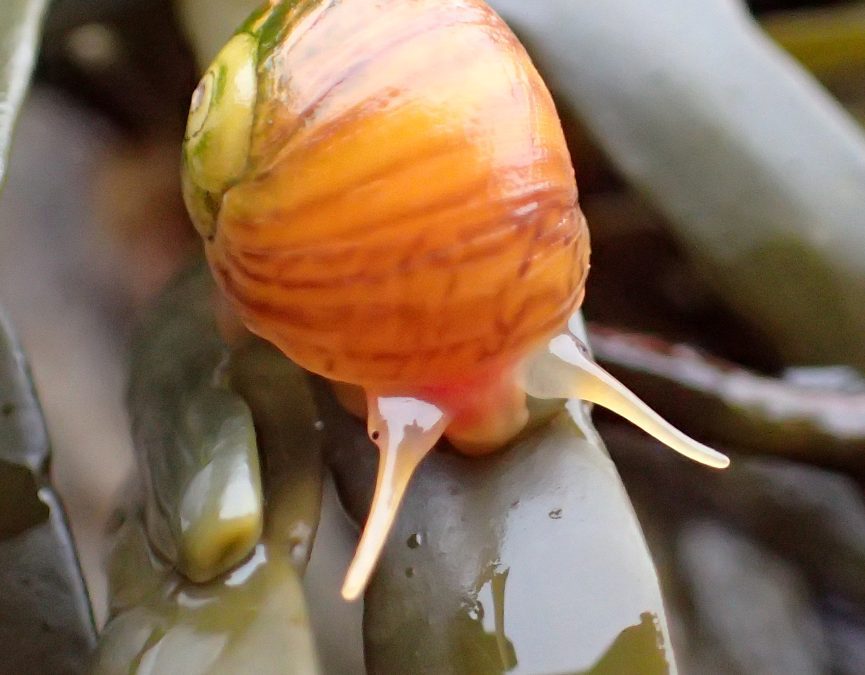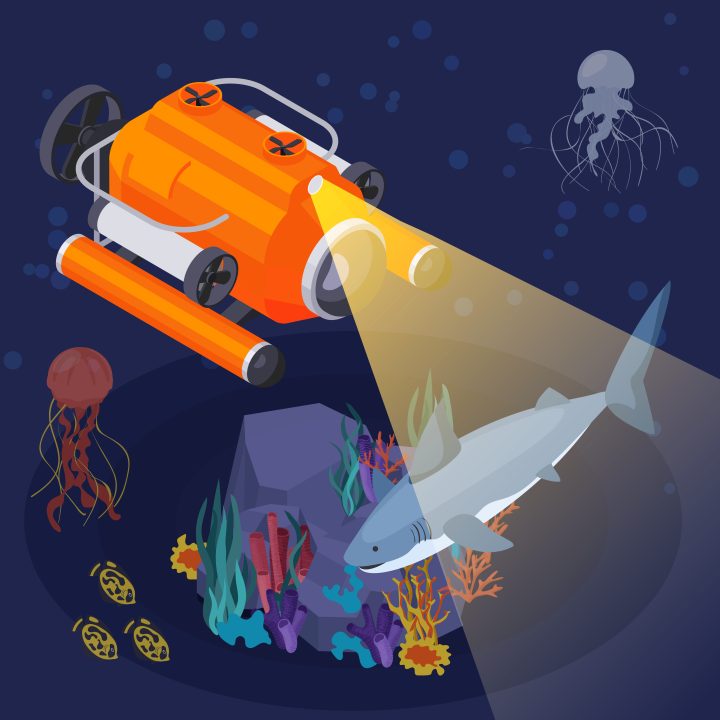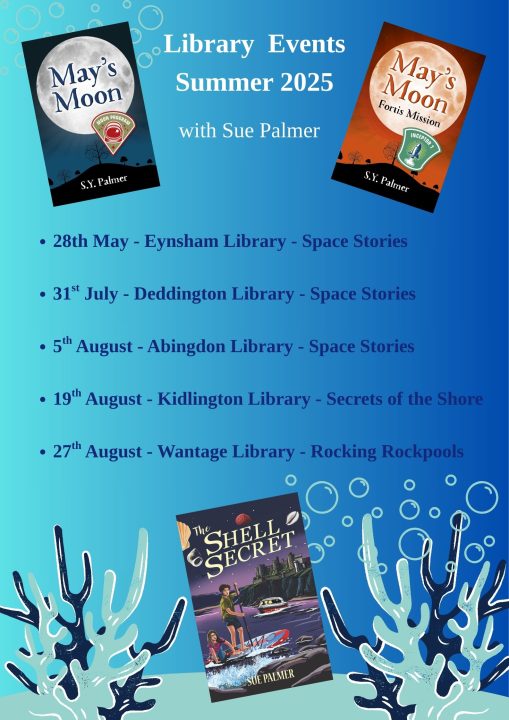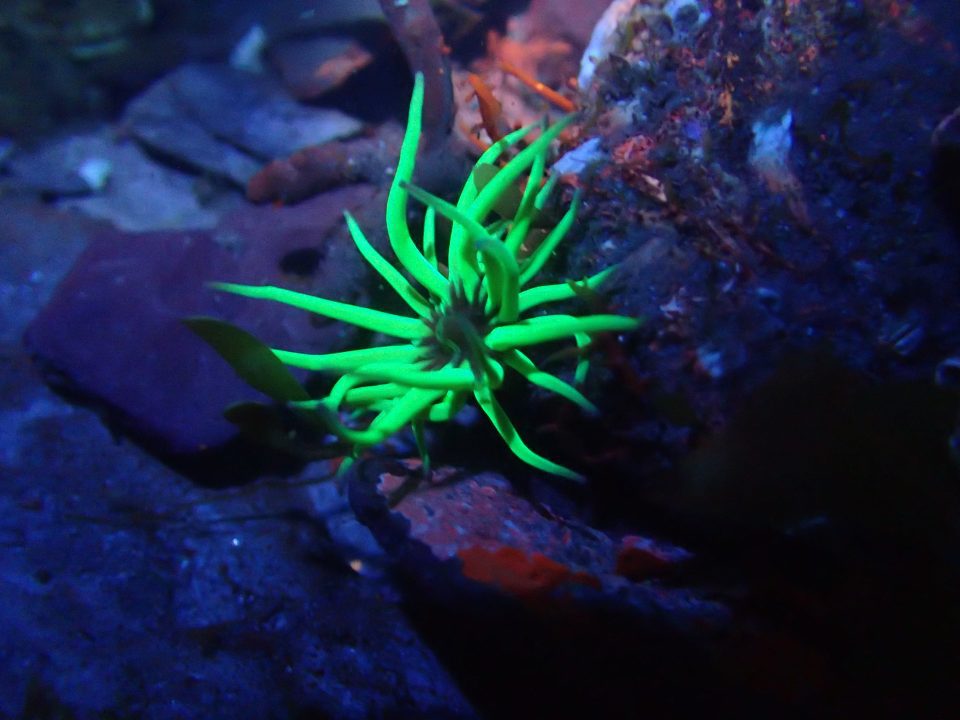Flat periwinkles are my absolute favourite rock pool creatures. Why? Because to me, the orange and yellow ones have the most beautiful shells that stand out as dots of treasure on the beach and I love to watch them move around, waving their alien-like tentacles as they feed on seaweed.
When I’m on the coast, I’m always on the lookout for them and can often be heard squealing when I find one. It’s no surprise therefore that Alice, the main character in The Shell Secret, also has a love of them.
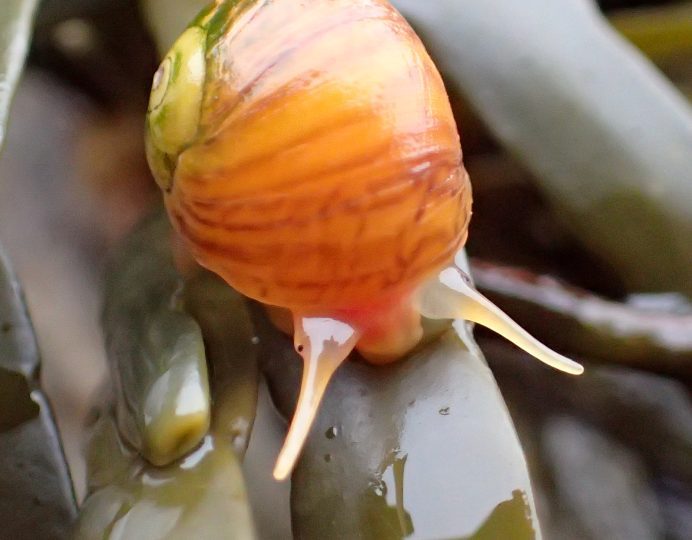
Orange flat periwinkle feeding on bladderwrack seaweed. Credit: Cornish Rock Pools.
Here are some of the top facts about flat periwinkles
- If you want to impress people, the Latin name for flat periwinkles is Littorina obtusata. There are also Littorina mariae You can tell them apart but I’m not saying how (you’ll have to look it up).
- The flat periwinkle is a type of sea snail (a sea gastropod). It looks a bit like a garden snail but smaller.
- Gastropods have a foot. That’s how they move around.
- The flat periwinkle has an operculum (a type of hard cover that fits onto the shell opening). The periwinkle can close it like a door to keep in moisture (when it’s hot) or protect it from predators.
- The periwinkles I love are herbivores (no meat for them).
- Their favourite food is algae and decaying bladderwrack seaweed. They use their tentacles to search for food, then their proboscis mouth (an elongated sucking mouthpart) and tongue (radula) to scrape the algae off. See this fabulous video by Cornish Rock Pools, which shows a flat periwinkle feeding.
- It uses mucous to break down its food before bringing it into its mouth. It sounds gross but it’s really effective.
- Flat periwinkles have a flattened shell (it’s how they got their name) and they are lovely and smooth. Imagine a seashell with a spire, like a church. On the flat periwinkle, it looks like the spire has been squashed flat.
- They have tentacles that wave around when they feed.
- Most of the ones I find are under 1cm tall.
- Flat periwinkles lay masses of eggs that take up to 4 weeks to hatch.
- They can live for up to 3 years.
- Flat periwinkles are tough creatures and can stand really hot weather, high winds, low tide and being submerged.
- Its predators include the green crab, sea stars, whelks and some fish.
- It has black eyes.
- They have gills.
- Some people even eat them (I never would).
- If you want to start collecting empty shells, it’s best to look in the high tide line where everything gets washed up. (Be careful. You might also find unpleasant human rubbish washed up too).
So when you are next in or around a rockpool, see if you can find these orange and yellow treasures. If they’re feeding, look out for their tentacles, their black eyes and how they move. And if you can find an empty shell, why not try drawing its helter-skelter swirls, spirals and growth rings. This is my attempt – it’s tricky.
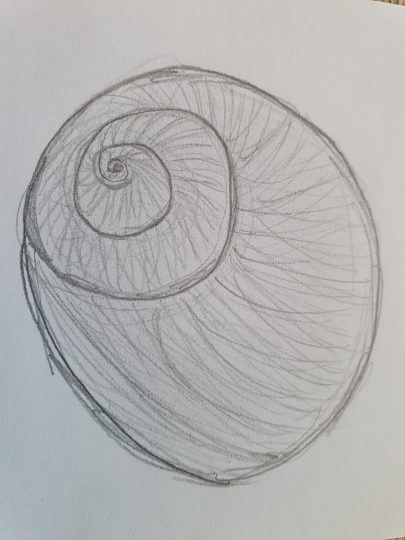
To read about more amazing rock pool creatures, read my blog, Secrets of the Shore 1 – Cornish Rock Pools – Four Fantastic Finds
Flat periwinkles appear in my latest book, The Shell Secret, a fast-paced adventure story that sees Alice and Jasper race against time to solve a war-time crime and come to terms with a family tragedy.

